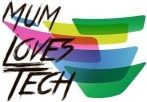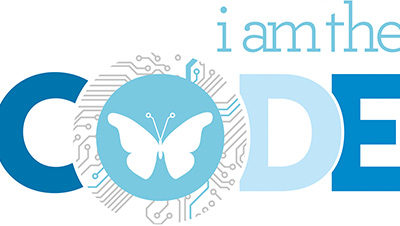Here’s one proof that the tech industry house is not in order:
Question 1: Name top 3 men in tech.
Let me guess, that was a pretty straightforward question, wasn’t it?
Question 2: Name top 3 women in tech.
Don’t worry, take your time.
It is likely that it took you a moment to answer the second question. Worse still, you are yet come up with a single name. Not even Judith Owigar, or Juliana Rotich, or Funke Opeke. It is also possible that your first instinct was to turn to Google. What does this prove?
A luta Continua.
The number of women in the tech industry is still small. This fact may explain why it may be challenging for most people to name women in tech, despite the fact that we have some extraordinary women shaping this space. To be fair, it is not entirely your fault that you cannot remember their names, or even aren’t aware of them.
Having said that, the situation is not hopeless. It can be salvaged and one way to do this is to increase the number of women in tech.
This means encouraging more women to become bonafide members of this club or improving the work environment to accommodate both men and women in a fair manner. Here’s how:
Showcase female role models
This means appointing more qualified women to senior roles and using various channels to publicize this. Social media is a great channel. This should also involve organizing all-female tech events and encouraging female staff to visit local schools, communities, and businesses to urge girls to choose careers in science and technology.
Women should not only take up subordinate roles as is often the case. The goal is to increase the global representation of women in management and leadership roles.
Enhancing maternity rights
Microsoft did it. The tech giant bumped paid maternity leave for its female employees. In November 2017, the company announced a five-month paid maternity leave for female employees in their Kenya office.
Improved maternity leave will encourage women hoping to have children or those who are pregnant to apply for tech jobs. Another thing should be trying to attract women who have been on career breaks. Most women will take breaks to take care of their children and they should not be shunned away should they decided to re-enter the job market. Of course, their skills and expertise level should not be overlooked in the process.
Some tech giants including Facebook, Apple, and eBay introduced egg-freezing benefits to its female employees. This is for the woman worried about her biological clock. This move was advised by the need to
attract and retain top tech talent.
Removing gender bias from job ads
Changing job adverts seems like strategy with little impact but it is effective at pushing to change the industry’s gender balance. Male-orientated job descriptions deter women. Research conducted by Vodafone has shown that women are put off by job descriptions with a lot of jargon. An example is using a word like ‘ninja’ is considered a male-oriented make job description. Rephrasing job ads increased the number of women.
Becoming aware of unconscious bias
A recruiter’s hiring decision can be based on factors such as whether female applicants are wearing make-up, their hairstyle, how they are dressed or whether they are wearing a wedding ring. In some cases, this may be unconscious bias but it is not excusable. Women and men need to be judged based on their expertise and skills level.
Adopt idea of ‘blinding’ application letters
The ‘blinding’ CVs will ensure that recruiters do not know the name and sex of applicants. This will ensure that their hiring decisions are unbiased.
These are just a few ways that we can achieve the dream of having a gender-balanced workforce in the tech industry.
Do you know of any other strategies that help attract more women in tech space? Share in the comments section.







Leave a Reply